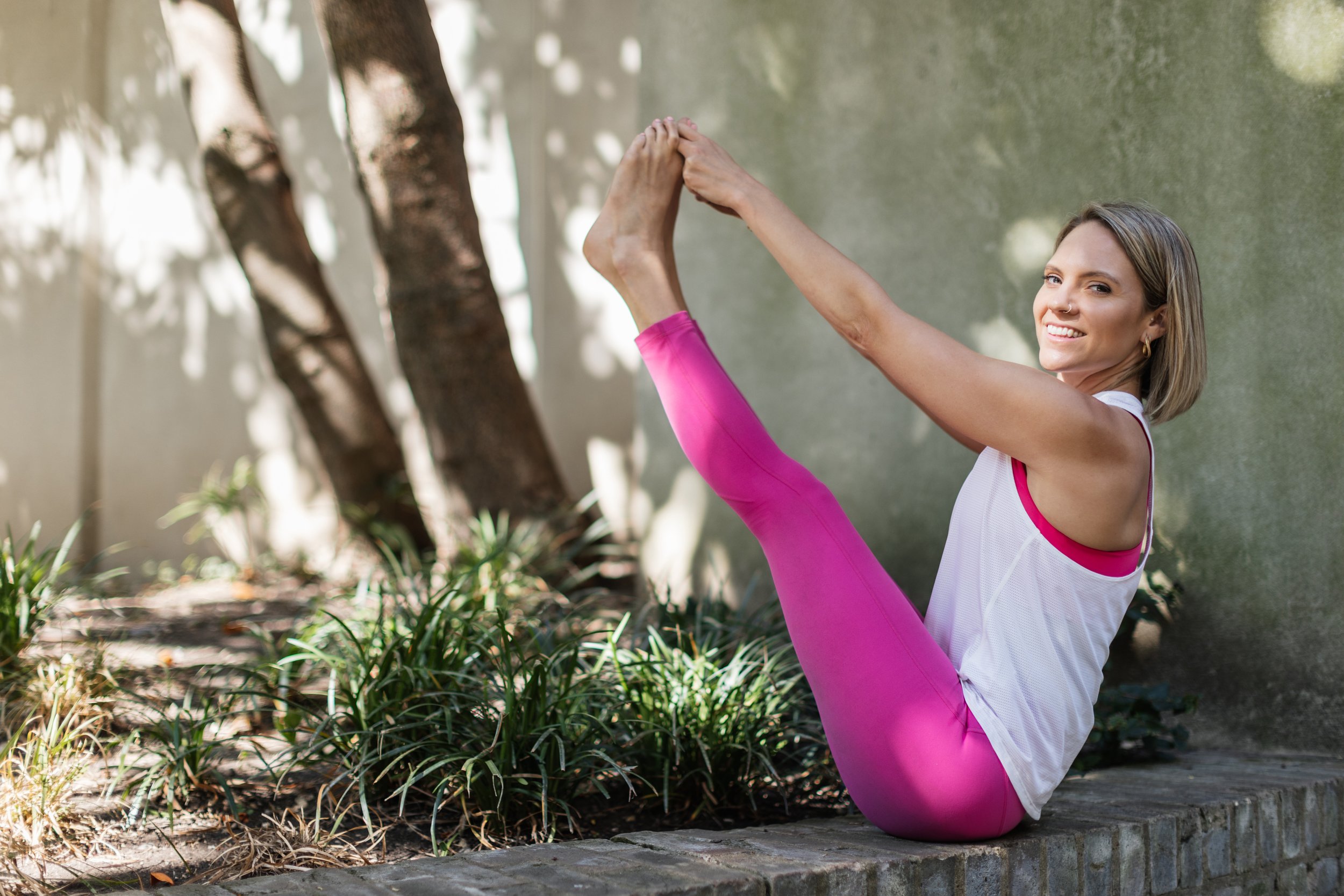
Lauren’s Ashtanga Yoga Blog
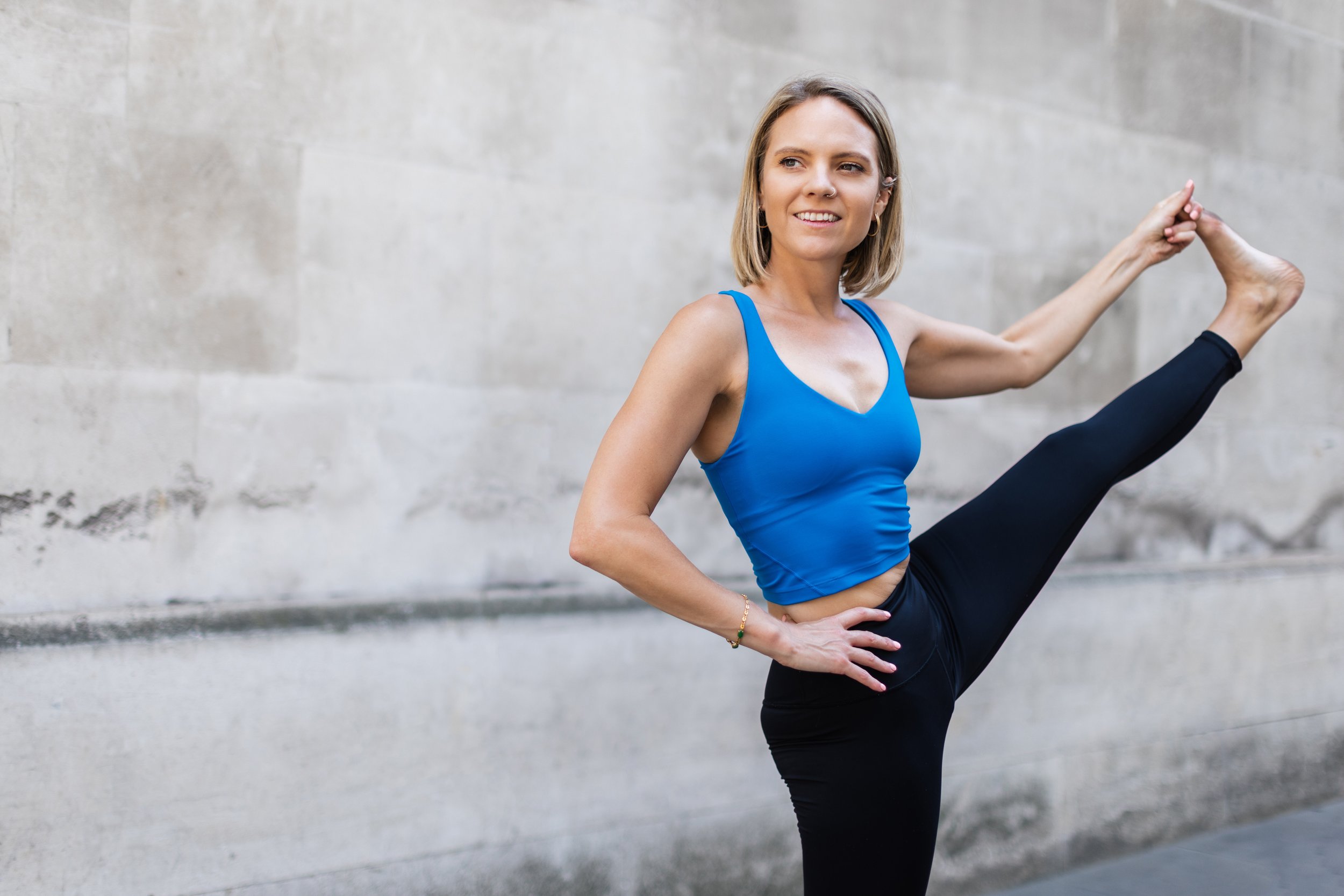
Finding Balance in Ashtanga Yoga: The Art of Steadiness and Ease
Balance is a fundamental element of yoga practice physically and mentally. In Ashtanga yoga, balancing asanas build strength and challenge us to find equanimity. Explore how balancing asanas can enhance awareness and deepen the connection to our inner world.
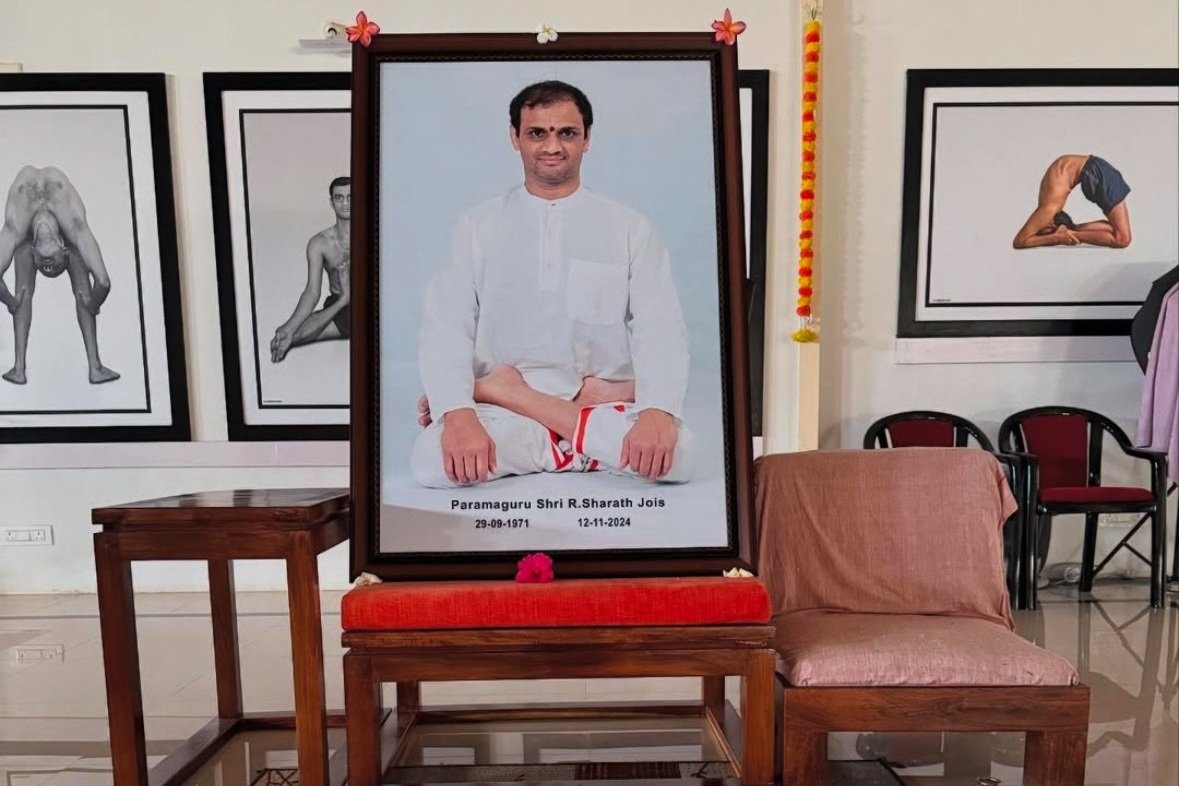
Reflections from India: Finding Inspiration in Sharath Jois’ Legacy
Sharing some of the most important lessons I learned from my teacher, Sharath Jois, over the years.
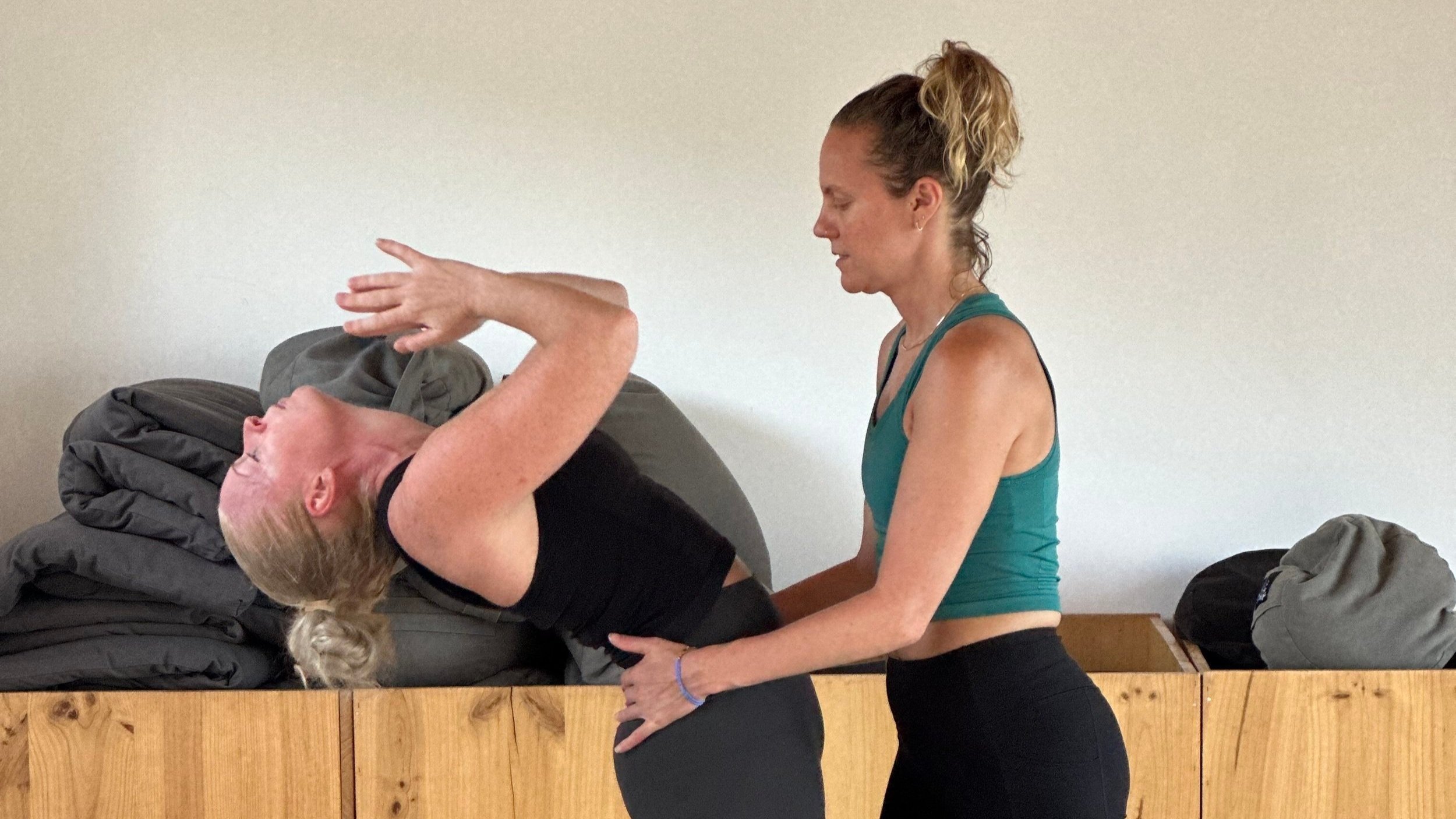
5 Ashtanga Yoga Myths We Should Let Go Of
In this post, I’ll address five common myths surrounding Ashtanga yoga, explain why they no longer serve us, and why it’s time to let them go.

Uttitha Trikonasana Ashtanga Yoga Standing Sequence
Learn how to practice this foundational asana from the Ashtanga Yoga Standing Sequence
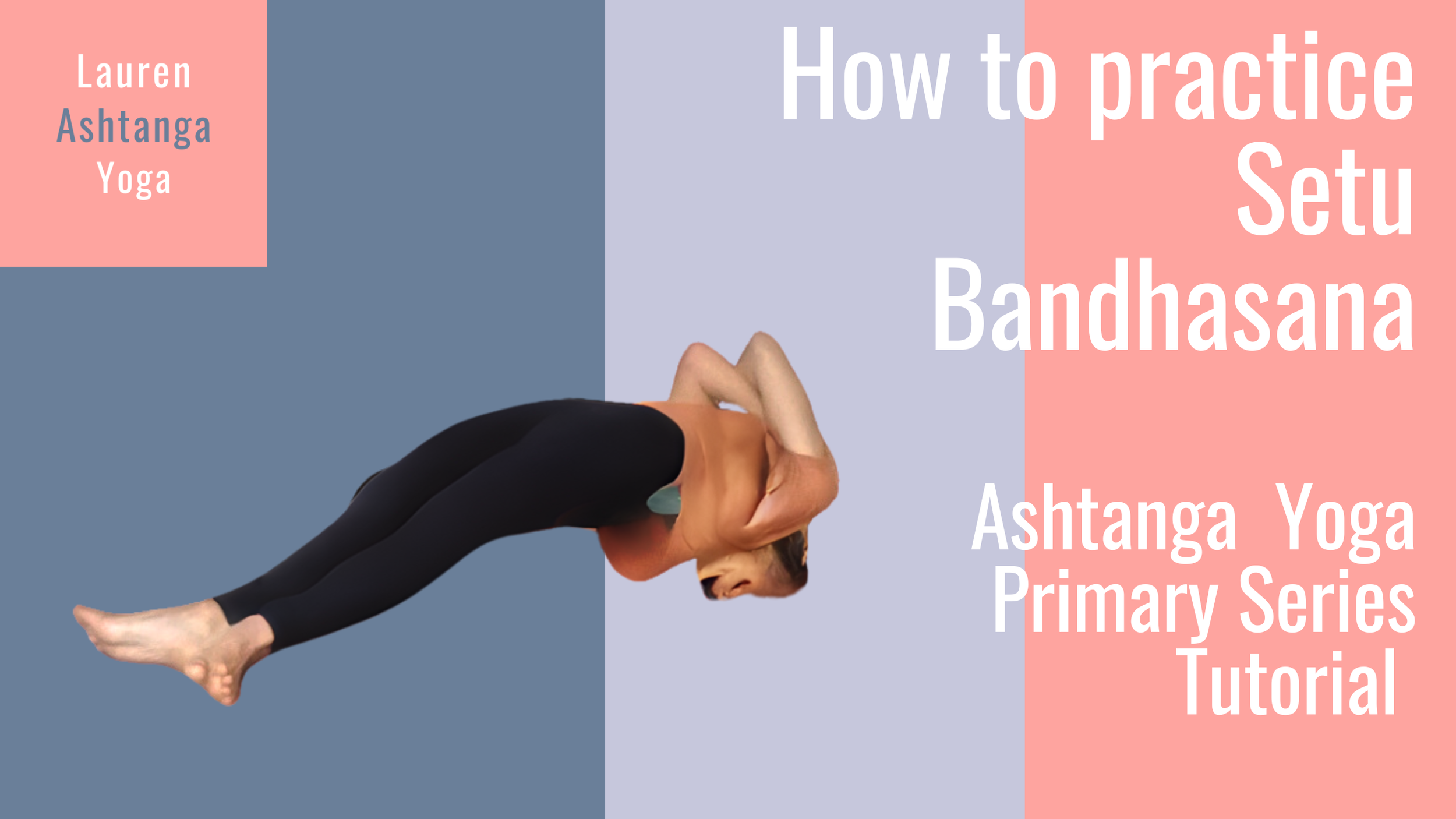
How to practice Setu Bandhasana from the Ashtanga Yoga Primary Series
How to practice Setu Bandhasana from the Ashtanga Yoga Primary Series

Why do we practice challenging asanas in Ashtanga Yoga?
Have you ever wondered why we tie ourselves into knots physically and metaphorically on our yoga mats during our Ashtanga yoga practice? (Hint it's not so we can increase our social media following)

How to master Cakrasana (Backward roll) in Ashtanga Yoga
Lean how to master cakrasana, the backward roll transition in Ashtanga Yoga.

Why having a yoga community is important for your yoga practice
These days life changes all the time. Jobs are often temporary, and working from home can be isolating. We may live separated from our family and close friends and it’s not unusual to find oneself in a completely new city with very few social connections. All of these things mean we’re lonelier than ever and as we get older it can be harder to meet people we truly connect with.

How to stop wobbling in Parivrtta Trikonasana (revolved triangle asana)
Do You Often Find Yourself Wobbling in Revolving Trikonasana?
In this video I Offer Some Tips And Modifications To Help You Bring More Balance And Ease To This Tricky Standing Asana.
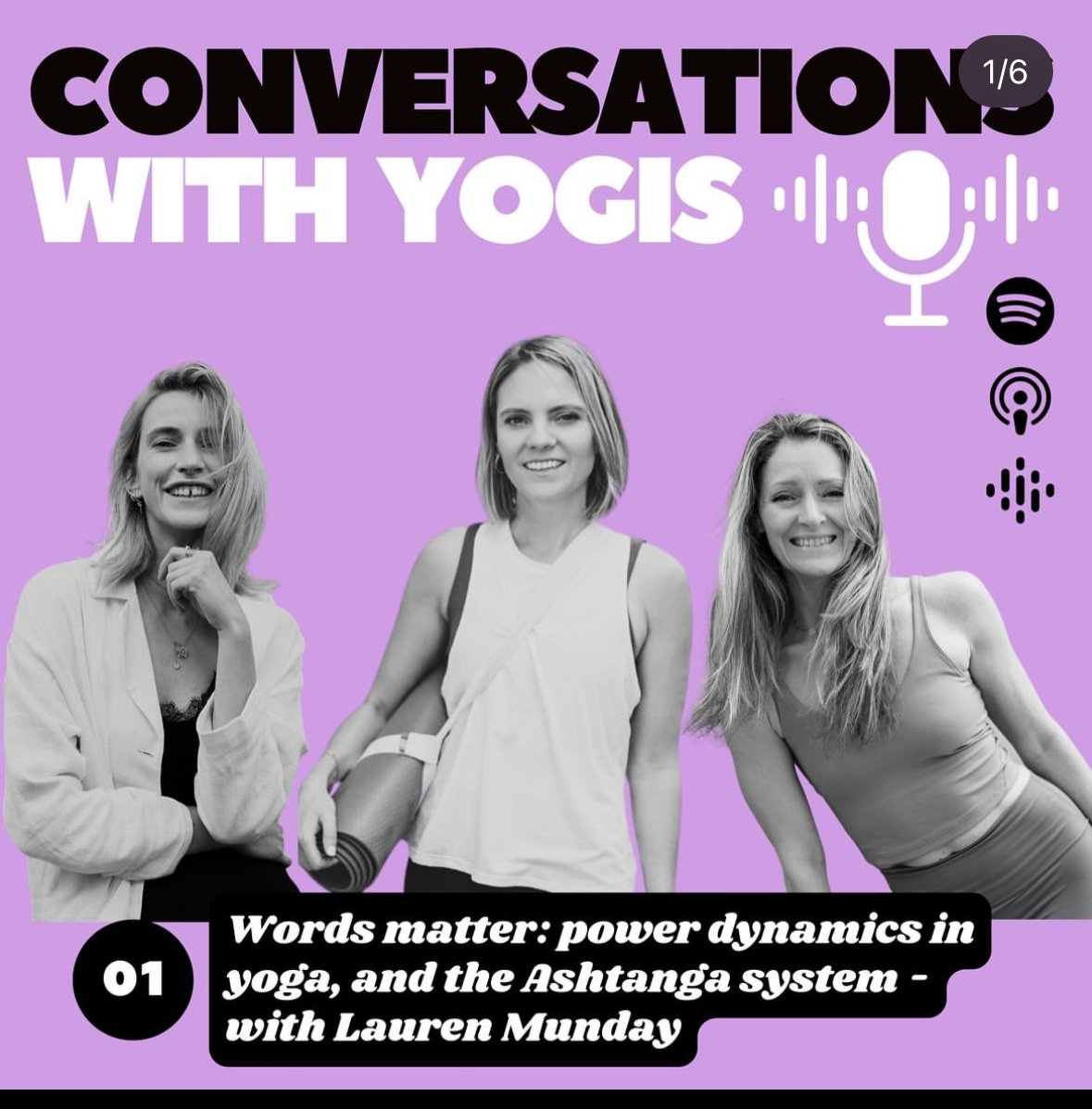
Conversation with Yogis Podcast
Over the summer I had the privilege of being invited to guest on Ashley Ahrens and Melissa Szpesi’s podcast, Conversations with Yogis. Listen to the full episode here

Mysore, interrupted…- Guest Blog From Tom Norrington Davies
Some thoughts on convenience and devaluation in the age of High street Yoga).
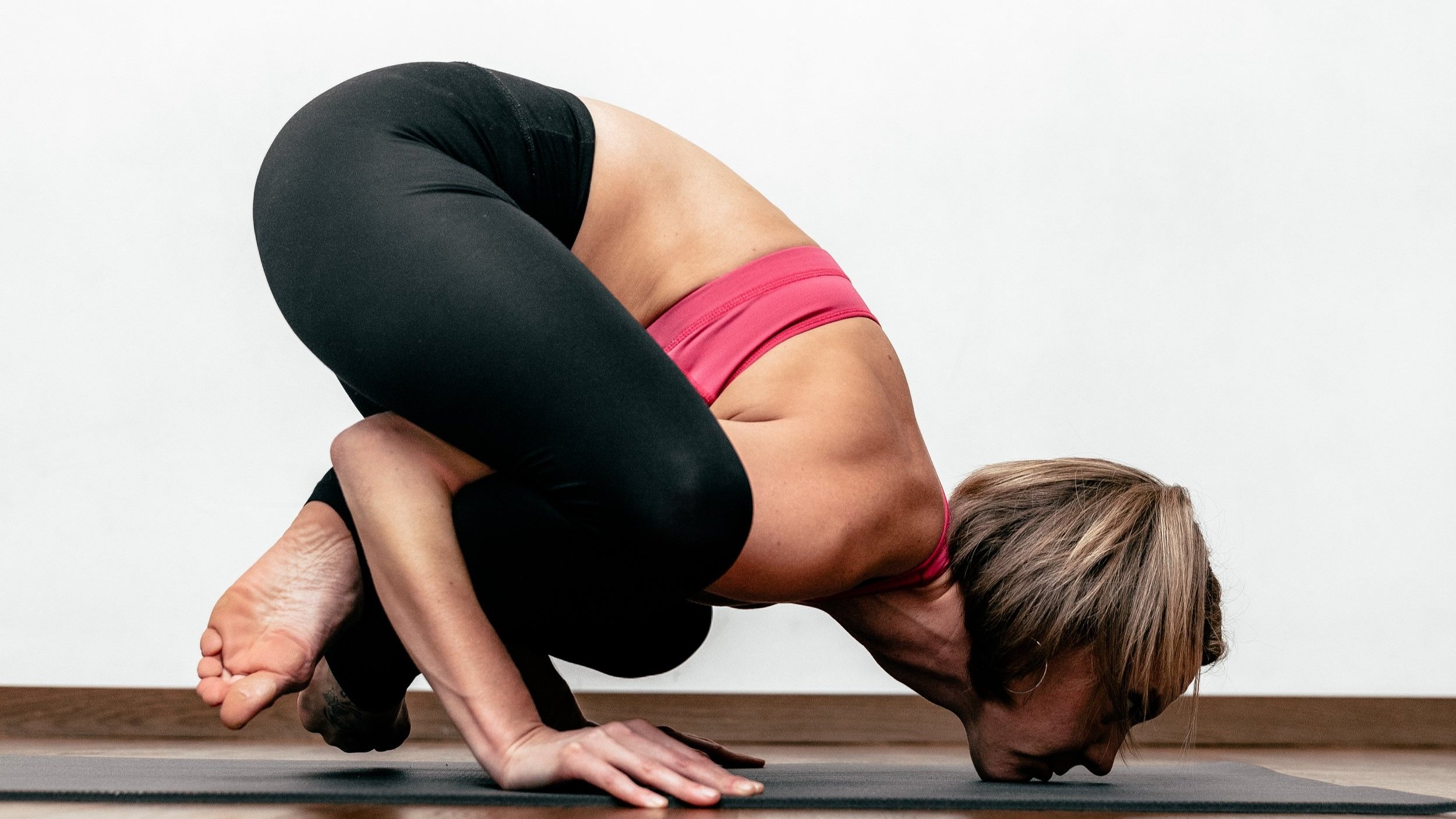
Bujapidasana transitions - How to master jumping in and out
This Post Is For Those Of You Who’ve Got The Basics Of Bujapidasana And Want To Work On Refining It By Jumping In And Out.
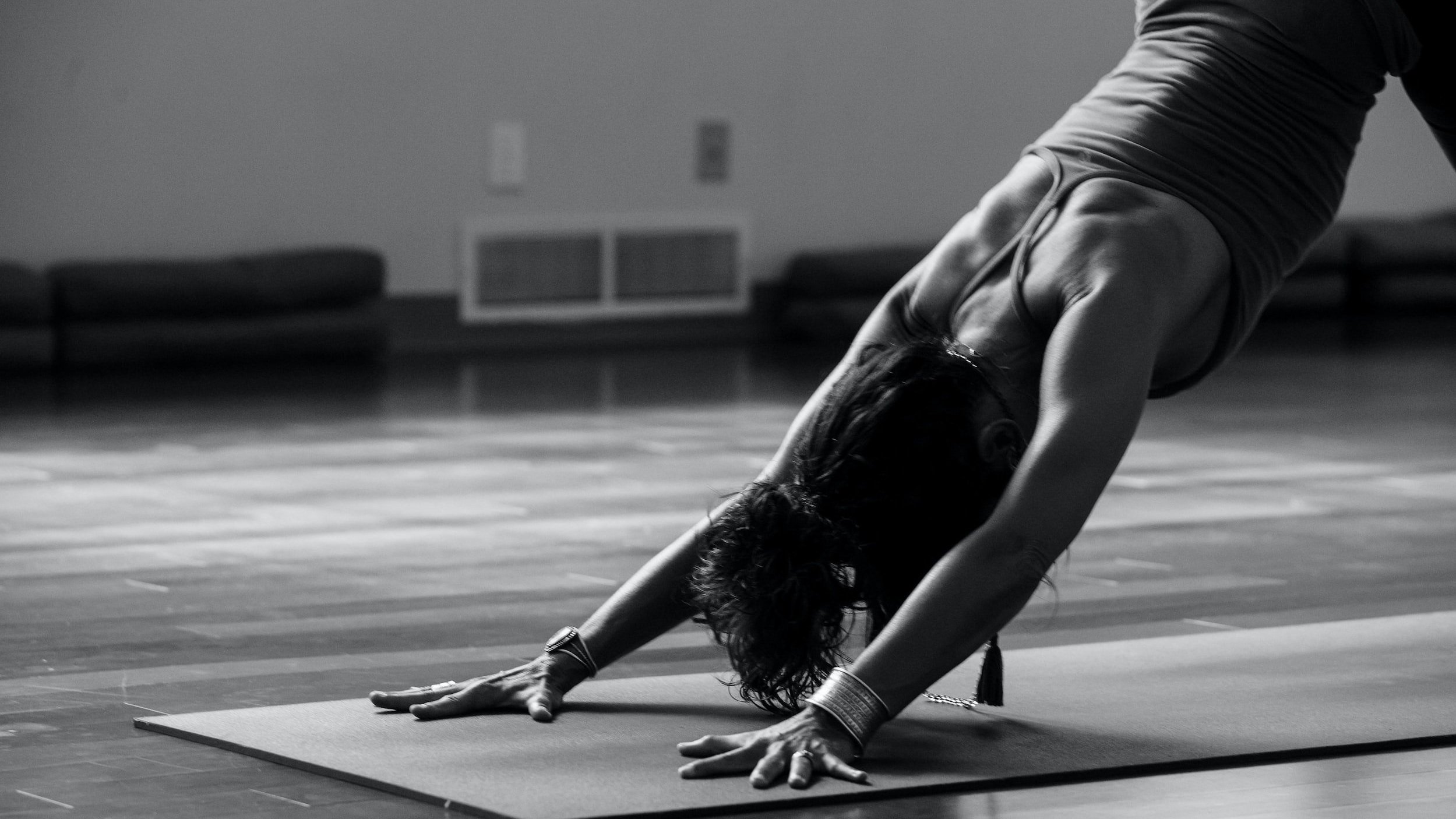
Foundations - How to create a strong and stable yoga practice
Find out how you can use your foundation to master tricky asanas (yoga postures) and create a strong and stable practice
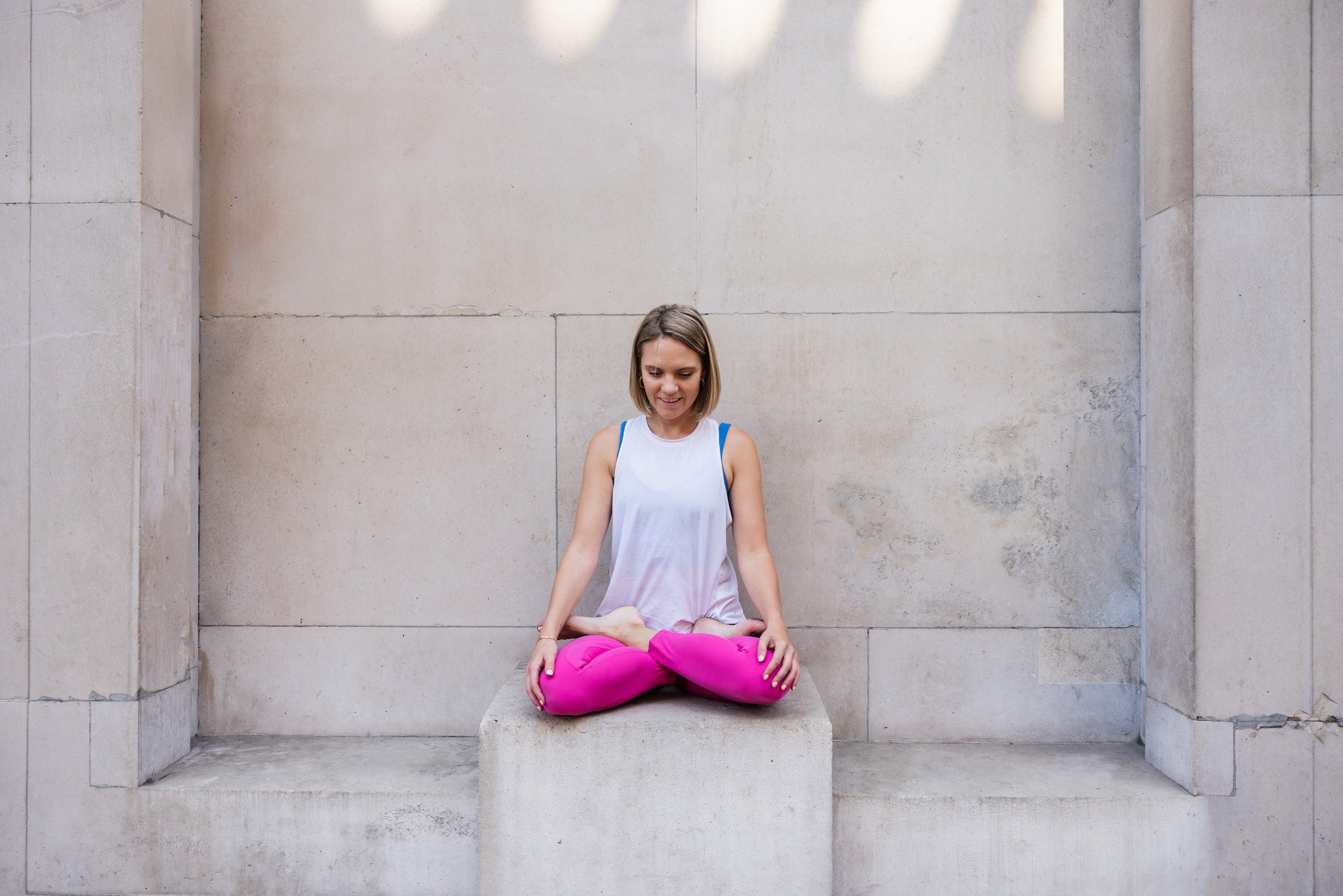
How to do Padmasana (Lotus Pose)
Padmasana is the most iconic of yoga asanas. It’s often synonymous with yoga and meditation.
When practiced safely padmasana can open the hips, stretch and strengthen the knee and ankle. It improves posture by creating strength and stability in the spine. It also tones the abdominal area which is said to improve digestion and alleviate menstrual cramps.
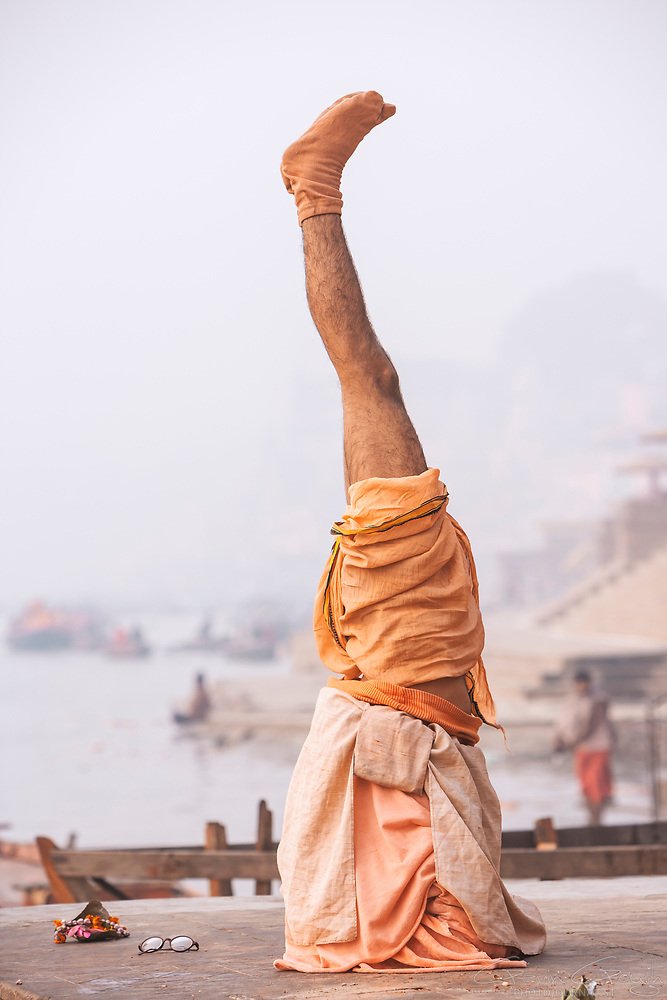
Improve your Headstand - Take your yoga practice upside down
Headstand is one of those asanas that takes time to master. It requires a certain amount of core strength as well as strong and flexible shoulders. Inversions are reversing our relationship to gravity, so for that reason, we also have balance and fear to contend with.
In this post, I look at the benefits of inversions, including the so-called “King” of asanas, and provide you with some tips and drills to help you take your practice upside down.
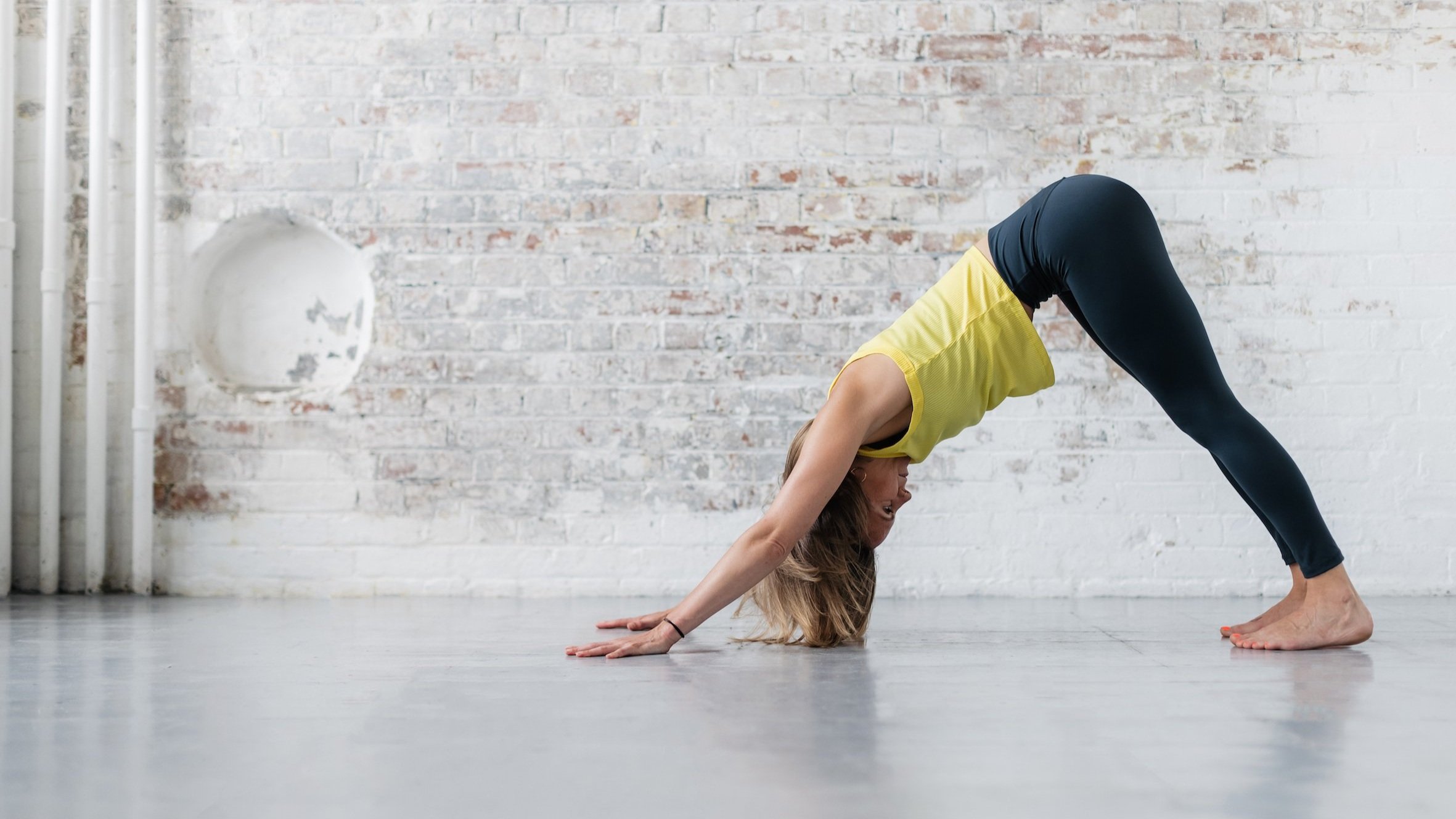
The Ashtanga Yoga Vinyasa Count Explained
Have you ever asked yourself why the vinyasa count in Ashtanga yoga is so important?
Perhaps you’re confused about the correct count and when you should be inhaling and exhaling.
In this post, I explain everything you need to know about the vinyasa count in Ashtanga Yoga and give you access to a full online counted-led primary recording.

The Bhagavad Gita - Sloka 2.71
In this Sloka, Krishna lists material desire, greed, proprietorship (or ownership) and egoism as four things we falsely believe will bring us peace. However, these are actually the cause of our internal conflict and as a result, also bring us into conflict with others.
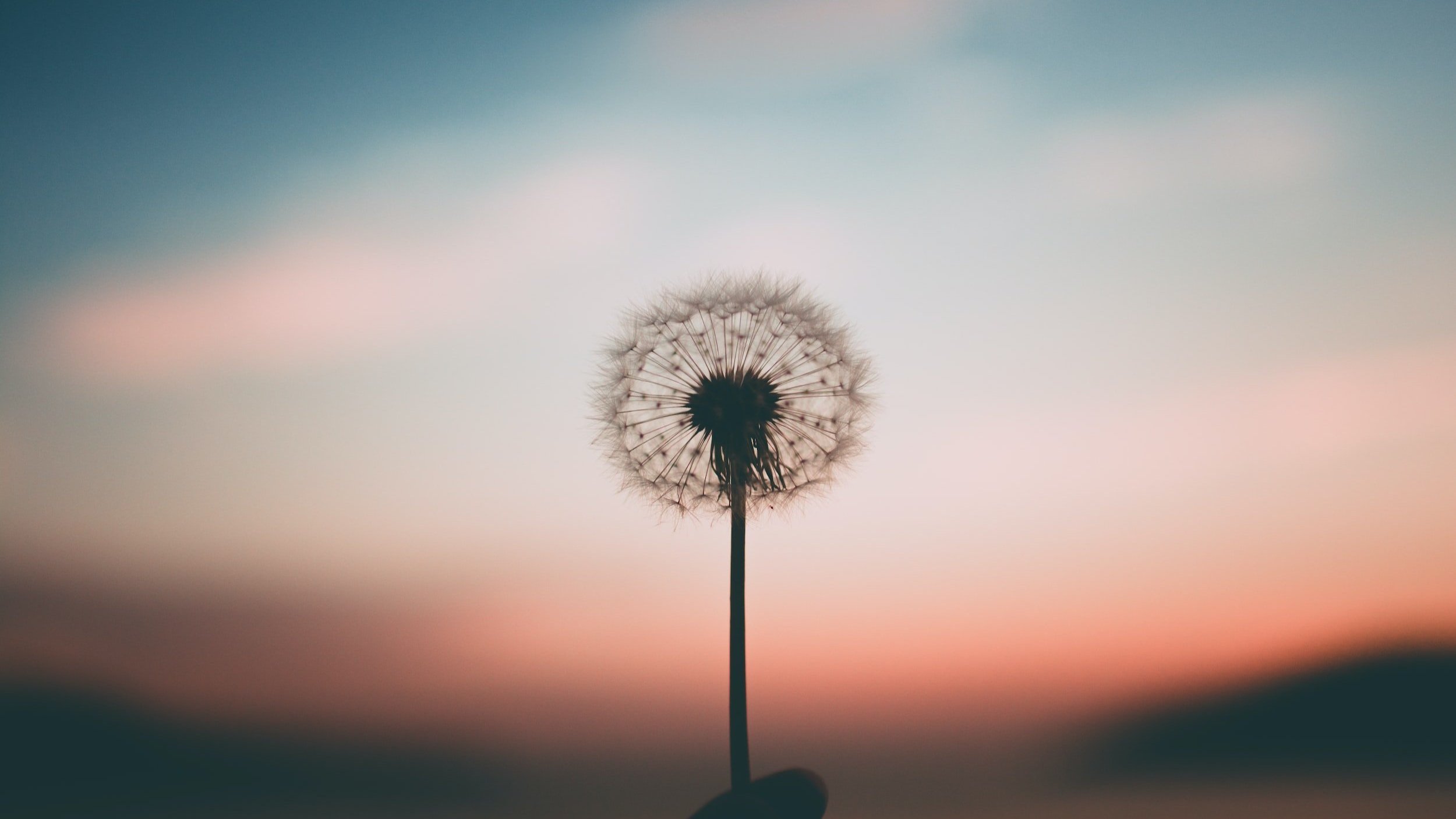
What is trauma Sensitive Yoga (TCTSY)
Find out what Trauma Sensitive Yoga (TCTSY) is and who it’s designed for
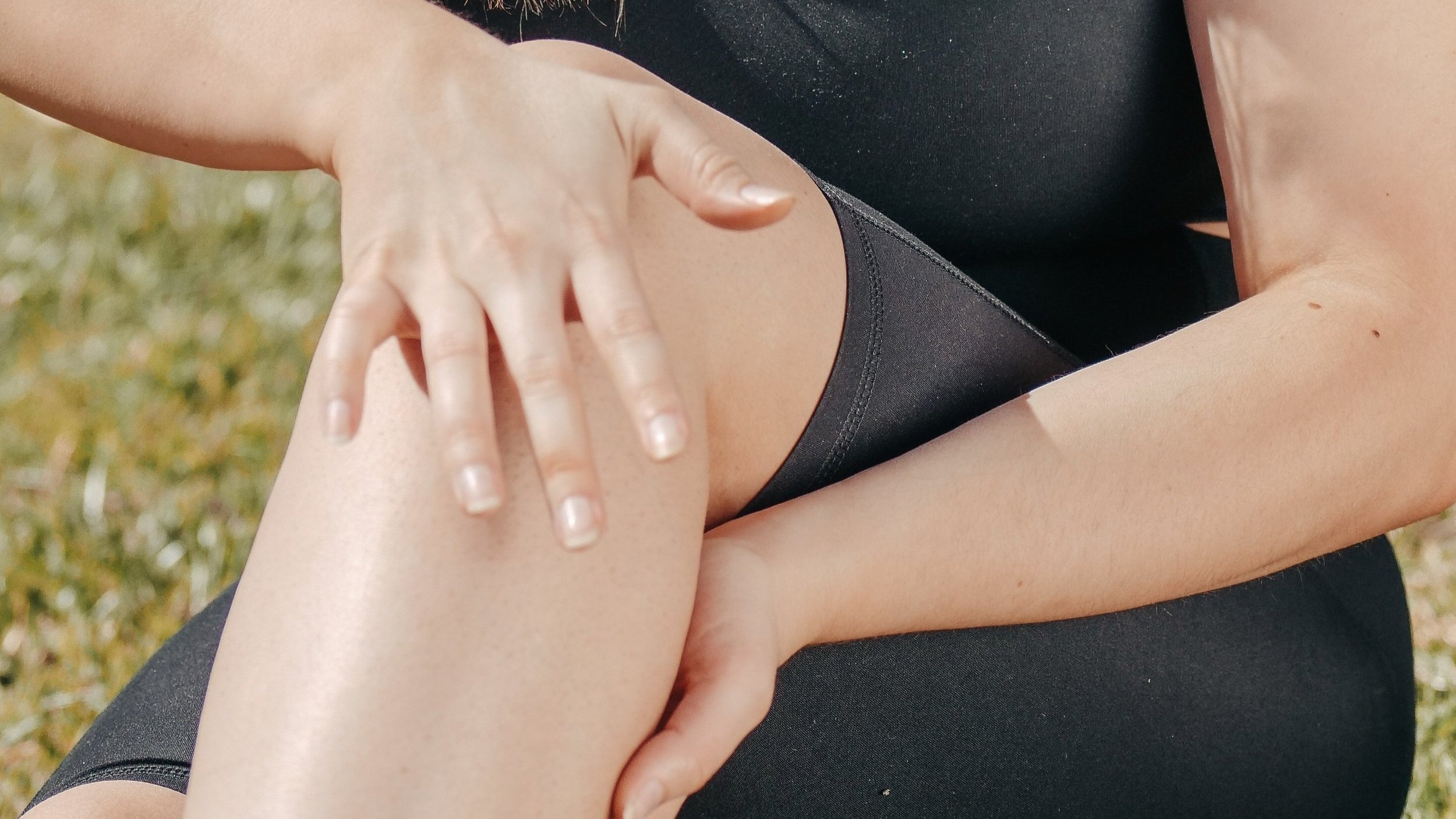
Knee pain and the Ashtanga yoga primary series - Practice with insight and avoid injury
Why is knee pain so common in the Ashtanga Yoga primary series and what steps can we take to avoid injuring our knees.

Guest Blog - Tom Norrington Davies - The Rough Guide to… Practicing on holiday!
This is a guest blog from Tom Norrington Davies that looks at maintaining your practice when you travel. You can find Tom teaching with me on weekday evenings at Astanga Yoga London and cooking/teaching on retreats in the UK and Europe!

